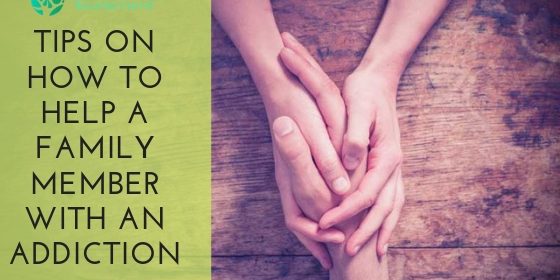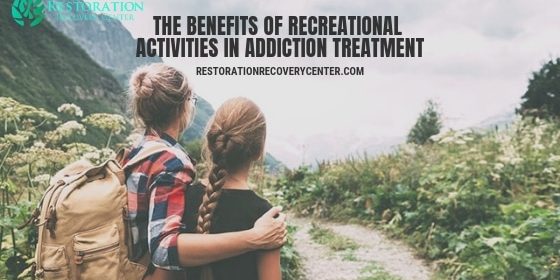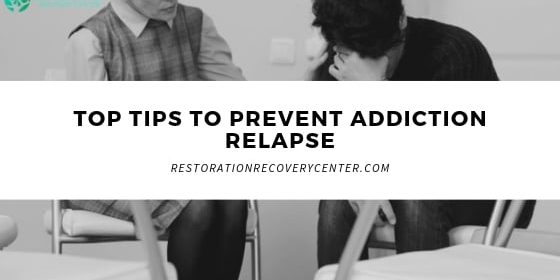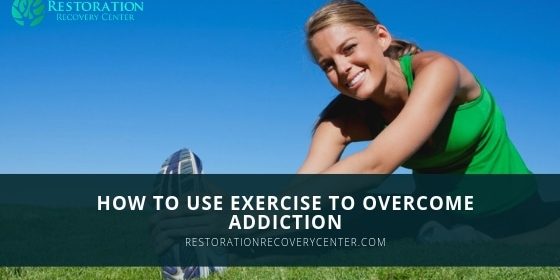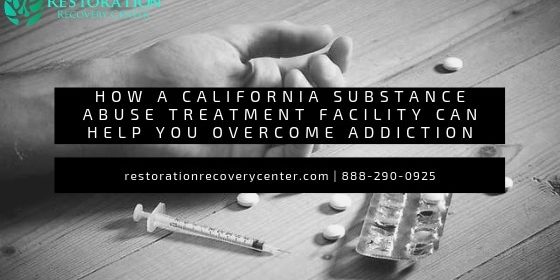Creating a Secure Environment During Recovery
Behavioral and emotional growth during recovery requires a sense of security. When you aren’t in a secure environment, your brain will turn to fight-or-flight mode. This is especially true when you have unresolved trauma. The effect makes it impossible for you to healthily digest information around you, including your thoughts and emotions. Anxiety and fear can lead to impulsive decision-making.
What is a Secure Environment?
Finding a sense of security in your environment will help you heal and grow during your recovery. A secure environment is where you feel comfortable expressing yourself and engaging with others. You don’t worry about fear, judgment, or rejection. For example, creating a secure environment in the workplace means employees aren’t fearful of interpersonal, professional, or social threats. They can freely express themselves, allowing them to work towards the company’s desired goal.
During your recovery, you should find and create environments that make you feel secure. This could mean finding a new job with a healthier cultural environment, hanging photos that make you smile, or removing negative people from your life. You’ll continually work on changing your mental and physical environment during your recovery. Finding safety, security, and lack of judgment is an ongoing process.
Making Your Mind a Secure Environment
Creating a secure environment in your mind requires the right mental health management tools. Cognitive behavioral therapy (CBT) can teach you skills to change toxic thoughts into positive ones. Learning to control your thoughts will make you feel calmer and safer. It will soothe anxious thoughts and no longer interfere with your quality of life. This lets you feel a greater sense of security.
Meditation & Mindfulness
You can use meditation to relax your body and healthily process your emotions. Focusing on specific sensations in your environment and body can create a sense of security in your mind. During meditation, you can feel a safety that allows your mind and body to feel fully present in the moment. Over time, meditation allows you to shift your perspective towards health and positivity.
Meditation is deeply connected with mindfulness. Mindfulness is the practice of keeping your mind in the present. This can create a space of security, especially if you tend to relive past traumas or catastrophize the future. Using mindfulness will help you realize that there is nothing for you to currently fear. Similarly to meditation, mindfulness can help your mind and body relax instead of being on high alert.
Gratitude & Journaling
Making the environment in your mind safe means altering your thoughts and perspective. When you practice gratitude, you create a safe environment by recognizing the things in your life that make you feel safe. This could be people in your life, skills, or resources available to you. Writing down your gratitude allows you to be more connected to the feeling of thankfulness and carry a sense of safety into your everyday life. Moreover, on days when you feel less capable of gratitude, you can read what you previously wrote.
Making Your Space a Secure Environment
Your environment has a greater impact on your mood than you may realize. Physically making your space a secure environment can soothe your emotions and thoughts. Likewise, nourishing safety through the people you fill your life with, your schedule, and comforting objects can give you peace of mind.
Trusting Relationships
Building trust in your relationships will make your environment feel physically safer. A person who might make you feel safer is someone who you can authentically share your feelings with. The presence of people you trust in your environment will help you release some of your fears and worries. You’ll know the person will be there for you if something goes wrong. You’ll feel more secure in your environment knowing you can rely on this person.
Building trusting relationships takes time. Ultimately, the more honest you are with others, the more open they’ll be with you. The more you are there for others; the more people will be there for you. During your recovery, you will grow your support network, bringing people into your life who can provide a sense of safety.
Structured Schedules
Changing your environment also means changing your schedule. Implementing a structured schedule can make you feel safer by eliminating some of life’s unpredictability. Of course, you can’t account for all of life’s unpredictability, but you can manage some of them. Creating a structured schedule lets you know what to expect from your day. Additionally, incorporating aftercare into this schedule allows you to feel more stability, thereby causing security.
Comforting Items
Having a warm and inviting space can drastically change your sense of security. Surrounding yourself with candles, paintings, and cozy blankets can calm your anxieties. Fill your space with items that bring you comfort. This could include beloved childhood stuffed animals or photos of friends and families. Wrapping yourself in a warm or weighted blanket can give you a physical sensation of security. Moreover, you may want to find stimulating items that can be used for grounding yourself if the fight-or-flight reaction kicks in.
A safe environment can give you the mental space to heal and grow. Restoration Recovery Center understands the importance of creating a secure environment for people in recovery. We offer family and allow limited technology usage so you can build and maintain relationships with loved ones who bring you comfort. We provide a variety of mindfulness-based modalities, such as meditation and yoga, to ensure clients like you feel secure in our facility’s environment. Additionally, we offer aftercare services that strengthen the security of your recovery routine. If you or someone you know is struggling with substance use, please call our facility at (888) 290-0925 to start treatment.


